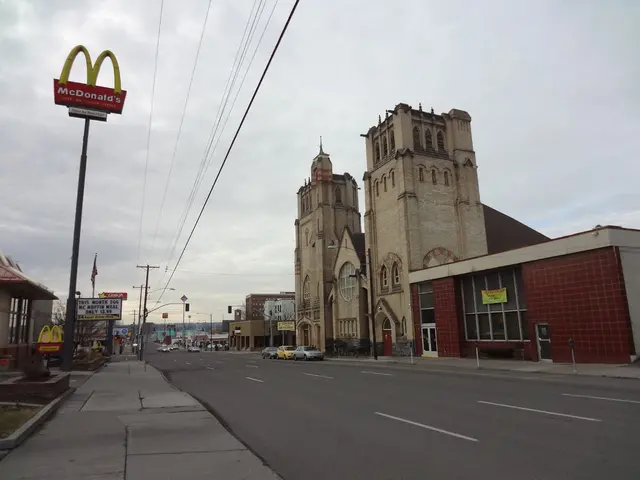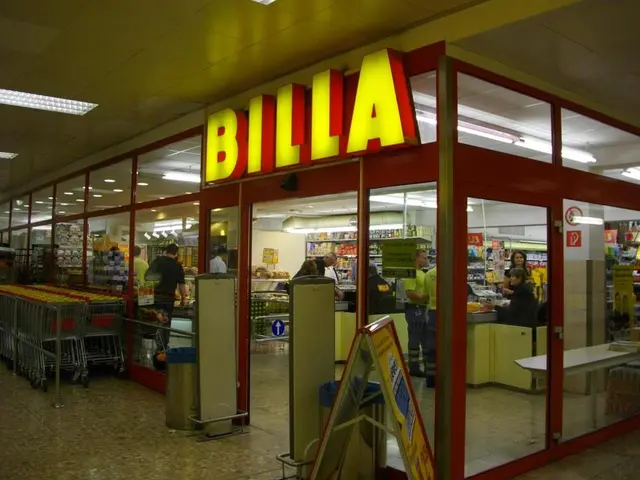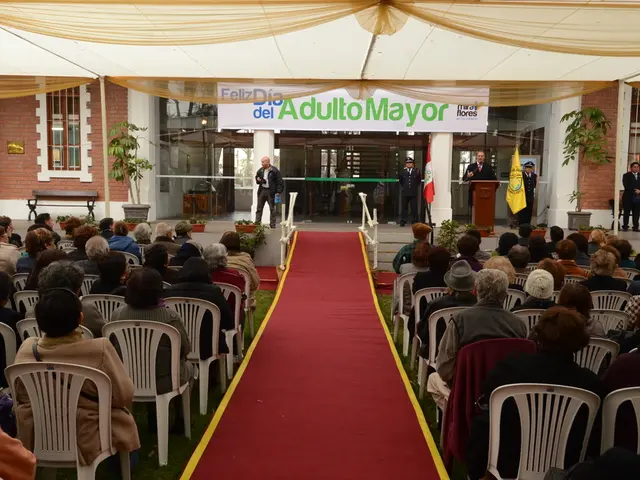Here we are, far from the anticipated year 2040.
The Berlin S-Bahn, a vital transport artery for the city, is grappling with persistent disruptions due to outdated equipment, staffing shortages, and digital communication system issues.
Recurring delays and cancellations are a common occurrence, as much of the S-Bahn's infrastructure is aging and prone to faults. The strain on the system is further exacerbated by chronic understaffing, which increases its sensitivity to delays, causing a cascading effect on punctuality.
Another significant challenge is the manual and unreliable digital passenger information systems, which add to the disruption experience for passengers. Updates on train statuses and platform changes often lag or are incorrect, causing confusion and frustration for commuters.
A technical obstacle that complicates operations is the track clearance signaling issue. This problem, linked to electrification and signaling interference, is complex to resolve. Railway electrification often requires costly infrastructure upgrades, including changes to signaling systems to prevent interference from traction current. These modifications can also demand line closures and extensive engineering work, delaying the implementation of fixes.
Despite ongoing crisis talks and governmental restructuring efforts at Deutsche Bahn, a specific resolution date for the track clearance signaling issue in Berlin has not been announced. However, improvements are expected to be planned, albeit requiring thorough work rather than quick fixes.
On a specific day, the S7 train from Alexanderplatz to Friedrichsfelde Ost did not run due to a faulty control system. The journey, when it finally commenced, took approximately one and a half hours due to the delays. During the journey, the train stopped multiple times on the open track, and the S9 train to Spandau was also delayed at Ostkreuz during the same time period.
It is worth noting that the VBB app's "Live Map" does not transmit short-term failures, providing only an illusion of functioning traffic. The track clearance system is on strike in other locations, adding to the woes of the already strained system.
As the city continues to grow, it is crucial that the S-Bahn infrastructure undergoes significant upgrades to meet the demands of the modern age. Until then, passengers are advised to plan their journeys accordingly and allow for extra time to account for potential delays.
[1] Berliner Zeitung, "S-Bahn Berlin: Wie schlimm ist die Situation wirklich?"
[2] Deutsche Bahn, "Elektrifizierung der S-Bahn Berlin"
[5] Tagesspiegel, "S-Bahn Berlin: Verantwortliche DB-Tochter DB InfraGO beklagt sich über Fehler, fehlt aber an Geldern für Renovierung"
- The S-Bahn's persistent disruptions could be alleviated by implementing industry-standard, reliable digital communication systems and finance investments in upgrading its infrastructure, such as electrification and signaling systems, to prevent interference and ensure smooth transportation.
- In recent years, the outdated equipment and understaffing of the S-Bahn have been exemplified by instances of finance- draining repairs and equipment replacements, highlighting the need for increased investment and modernization processes in the transport sector.




